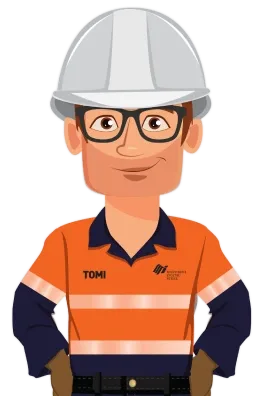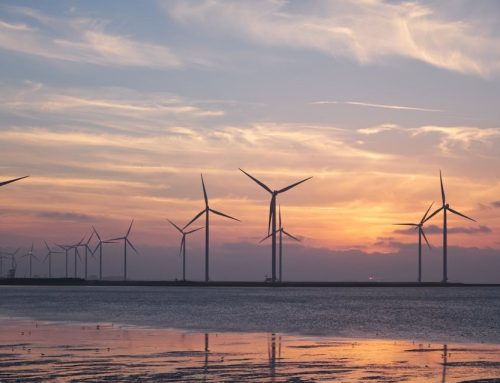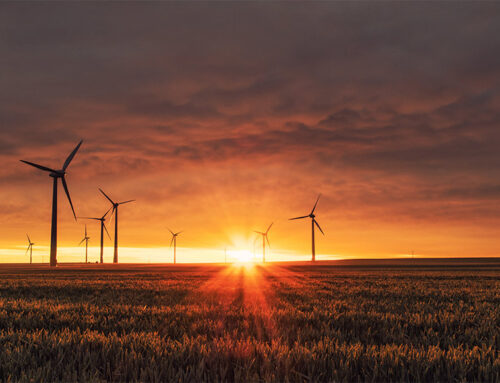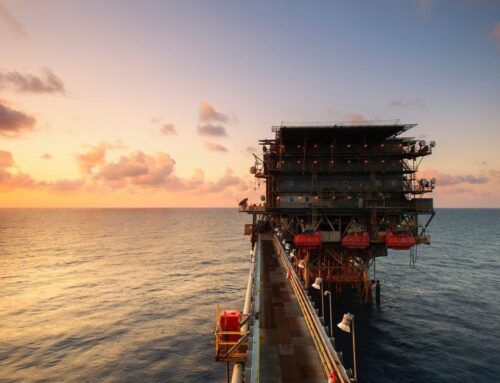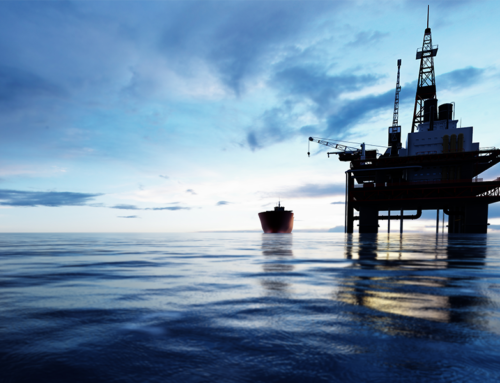What is oil well drilling?
Considered the backbone of the oil and gas industry, oil well drilling is the process by which oil or other hydrocarbons (e.g. natural gas) are brought to the surface, where they can then be collected and processed for consumption. There are two principal kinds of oil wells – onshore and offshore wells – and, depending on the given circumstances, they will be either vertical or horizontal in nature.
Onshore wells
Drilled on land, onshore wells are more cost-effective than their offshore counterparts due to the relative ease with which they can be established and maintained. The well’s location will likely be the subject of intense geological research and analysis before any ground is broken, with common drilling sites including deserts and plains.
Offshore wells
In comparison, offshore wells are drilled in bodies of water and require more specialised rigs and subsea systems to support the ongoing operation of the drilling platform. This is because of the more volatile operating environment, with deepwater drilling and extreme weather conditions posing unique risks to both safety and project completion. As a result, offshore wells are more complex to maintain and incur higher establishment and maintenance costs.
The drilling process
The primary goal of all drilling projects is to safely and efficiently access underground oil and gas reservoirs and bring their contents to the surface.
Whether onshore or offshore, drilling an oil well always starts with site preparation and the setup of a drilling rig. The rig is used to bore a vertical hole (generally between 12.5 and 90cm in diameter, depending on the well characteristics) into the earth and employs a drill bit and a drill string to reach the oil and gas reservoir by first piercing through many layers of dirt and rock. This process is aided by the pumping of a thick liquid called ‘mud’, or ‘drilling fluid’, through the piping of the drill string. The mud serves multiple purposes, helping to stabilise the well’s pressure while also feeding debris dislodged in the drilling process up to the surface where it won’t interfere with further drilling.
Once the desired depth is reached, the well needs to be cased and completed. Steel pipe casing is inserted to stabilise the wellbore and cement is then pumped down the pipe and back up into the space between the pipe and the borehole walls to further secure and seal the well. Though more complex in an offshore setting, both onshore and offshore drilling can also employ advanced techniques, like horizontal drilling, to increase well productivity. This technique is especially effective in tight formations or extended reservoirs.
The role of OCTG
The OCTG industry is crucial in supporting the well-drilling process. Some of the core products they manufacture are listed below, along with their function and characteristics.
Drill Pipe
Connecting the drilling rig above to the drill bit below, the drill string is largely constructed from adjoining steel drill pipes. The primary function of drill pipe is to facilitate the transmission of rotational torque and drilling fluid from the rig to the drill bit, enabling the bit to cut through robust geological formations. Because they must withstand immense stress, including torsional forces and internal pressures, drill pipe is characterised by its strength and durability.
Casing
Once a wellbore is drilled, casing is inserted into the hole to stabilise and protect the structural integrity of the well. As mentioned above, this steel pipe lines the wellbore and is cemented in place to prevent the collapse of the borehole, isolate different layers of the earth to prevent the migration of fluids between them, and protect groundwater from contamination. There are several types of casing pipes used in different sections of the well, including surface casing, intermediate casing, and production casing. Given its vital role in maintaining well integrity, the informed selection and installation of casing pipe is critical.
Tubing
Used in the final phase of OCTG operations, tubing transports the oil and gas from the well to the surface. After drilling and casing a well, tubing is inserted into the wellbore, enabling the extracted fluids to flow to the surface. Though it’s the smallest of the pipes described, the width of tubing pipes is still large enough to enable the installation of downhole equipment like pumps and valves. Tubing must be strong enough to withstand internal and external pressures, corrosive fluids and varying temperatures, and is crucial in maintaining the efficient and safe flow of oil to the surface.
Do you need pipes or OCTG accessories to support your next oil and gas project? Pipesales is a trusted marketplace where you can purchase quality-tested, ready-made OCTG. Not only are you contributing to a more sustainable industry, but you also benefit from bypassing manufacturing wait times.
Explore the range today.
